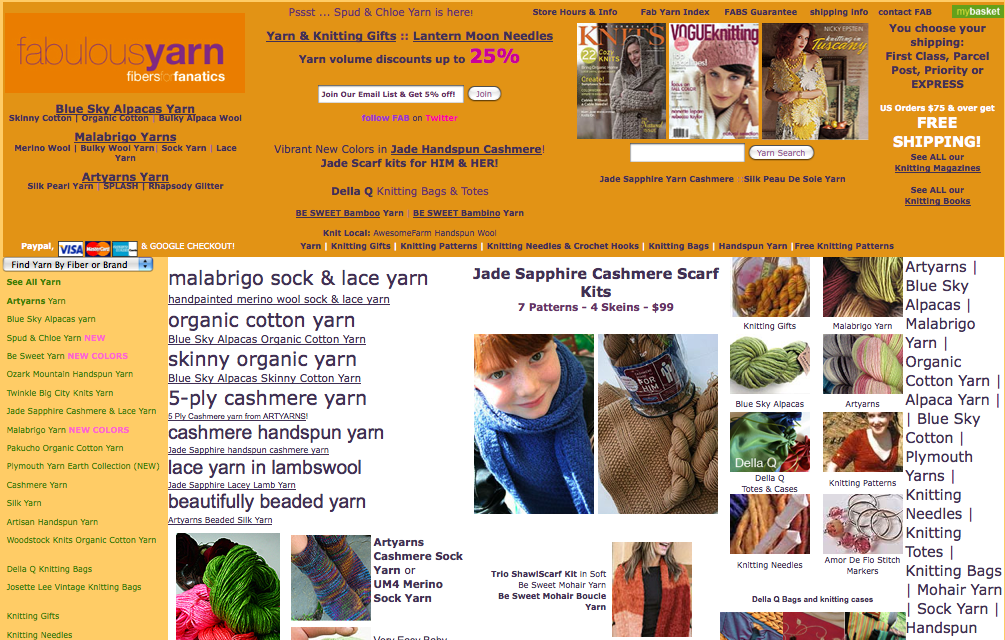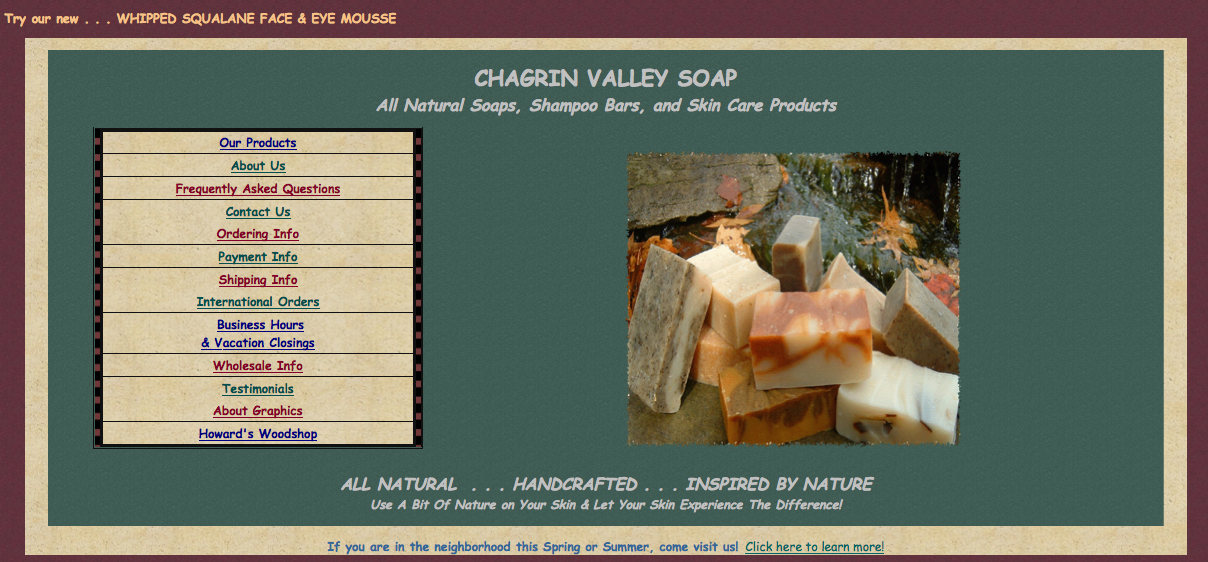Blog
A Brief History Of Ecommerce
Stage 1: The big bang. Somewhere in the early 90’s technology emerged which allowed people to inexpensively launch digital neon stores.
Stage 2: The long tail. First shops to open for business catered to customers left out my mass retail. There was now a place (2bigfeet.com) where men with extra large feet could shop in leisure. Chris Anderson would later coin the term “The Long Tail” to describe this market. And while online shopping was the biggest disruption in retailing in the last century only early adopters were using it at this point.
Stage 3: Rule of the technologists. Shop owners quickly discovered a seductive equation; traffic = sales. They hired geeks to device strategies to pull customers straight from search engines. Geeks love boiling things down to a formula and naturally took to SEM and SEO. But they aren’t marketers and the stores they created looked awful. Luckily, shoppers were so glad to discover hard to find items they forgave woefully poor shopping experiences. This is one reason stores with designs like this…



…pulled in thousands of monthly hits.
Larger multi-channel retailers were still avoiding the web because they viewed it as cannibalization of their other channels.
Stage 4: Unchecked growth. Once you reduce something to a reusable formula someone is bound to exploit it. We now had enterprising companies like CSN Stores which were running hundreds of specialty stores. Each had a finely crafted exterior but ran on the same engine.
Stage 5: March of the elephants and birth of peer to peer review networks. Eventually the Best Buys of the world started investing serious money online and brought in their product photographers, brand marketers and catalog circulation specialists who helped convert the first wave of mass consumers. Mass consumers had a totally different value system, they came looking for recognizable brands, expected great service and shopped around like crazy. The adage “bring them in, the sale will happen” no longer applied. Many ecommerce pioneers adapted to the new environment but most stubbornly held on to old ways. Market movements are inefficient and the old venus fly trap still lured enough to keep the old model alive. But, for the most part, tables had turned and veterans with their SEO/SEM automating technologists where finding it hard to pull in mass consumers. Don’t get me wrong, they were still making serious money, it’s just that they were used to so much more.
During this time another event took place that exacerbated the pain of the veterans; peer to peer review networks. You see, mass consumers want to know what other mass consumers are doing and services like Yelp!, BBB.org and epinions.com allowed them to share experiences. The veterans who had invested so heavily on bringing people in now had another fire to deal with. Back in the day power of word of mouth (WOM) was faint so poor service didn’t have any real downside. But WOM magnifying networks have shifted power to the customer.
Stage 6: Contraction. This is happening at the present time. Here in the US we have twice as many retail stores as are needed by the population of the country. I believe the number is even more skewed online. As a result there are fewer consumer dollars per etailer to go around. On the flip side inexpensive automating strategies have been exploited fully and the only way to generate disruptive growth now is by investing money on specialists. Etailers are so used to the idea of clear ROI that hiring an expert who charges $150/hr but does not give explicit guarantees makes them nauseous. Like I mentioned in an earlier post many etailers are addicted to the unsustainable 200% growth story. I predict a big contraction is on its way and 30% of online stores in business this morning will cease to exist two years from now.
Stage 7: The Numerati. Stephen Baker’s book with the same title dives deep into the subject but the summary is that the Numerati is a select group of people with equal skills in mathematics, psychology and marketing. These super crunchers are redefining traditional customer segmentation models and designing new ones that better define consumers. The future belongs to agile companies that are constantly testing assumptions about customer behavior and have structural flexibility to adapt to new discoveries.




Comments 4
Excellent post Rishi. I agree with your prediction in Stage #6, the industry is ripe for a purging. There’s just too many average e-commerce sites out there. I think this will take place much slower than traditional brick and mortar, since the cost structures of many online stores are much different.
ReplyThanks Justin. I feel online stores will fold faster precisely because they have lower cost structures. The moment online store owners feel persistent pain they’ll simply give up and shut down. Brick and mortar store owners have much more at stake and it’ll be harder (psychologically) to just take their losses and leave. Think decision making process in shutting GM Vs. a single location specialty cycle shop. In the end I guess the distinction will not so much online Vs. offline as good cash management Vs. bad.
ReplyTo add further to numerati – it’s not just about testing consumer behavior but also completely personalizing the experience. What offline stores cannot do (because of lack of resources), online stores can do using technology. Here I am not talking something like related searches, products etc or your last visited page being this and hence show this but a lot beyond that.
Right from the first step, when you land on the homepage, the site recognizes u, greets u and spews content very relevant to you. Relevance is based on past buys, past clicks, social network integration (like Facebook connect) and then consumer behavior assumptions. If the user does not like the white background he can switch to some colored pattern or vice versa. If the connection speed is slow, he can opt for a lite version. He can totally personalize his experience – that will be the future.
Reply@Vikas: You are absolutely right.
Reply